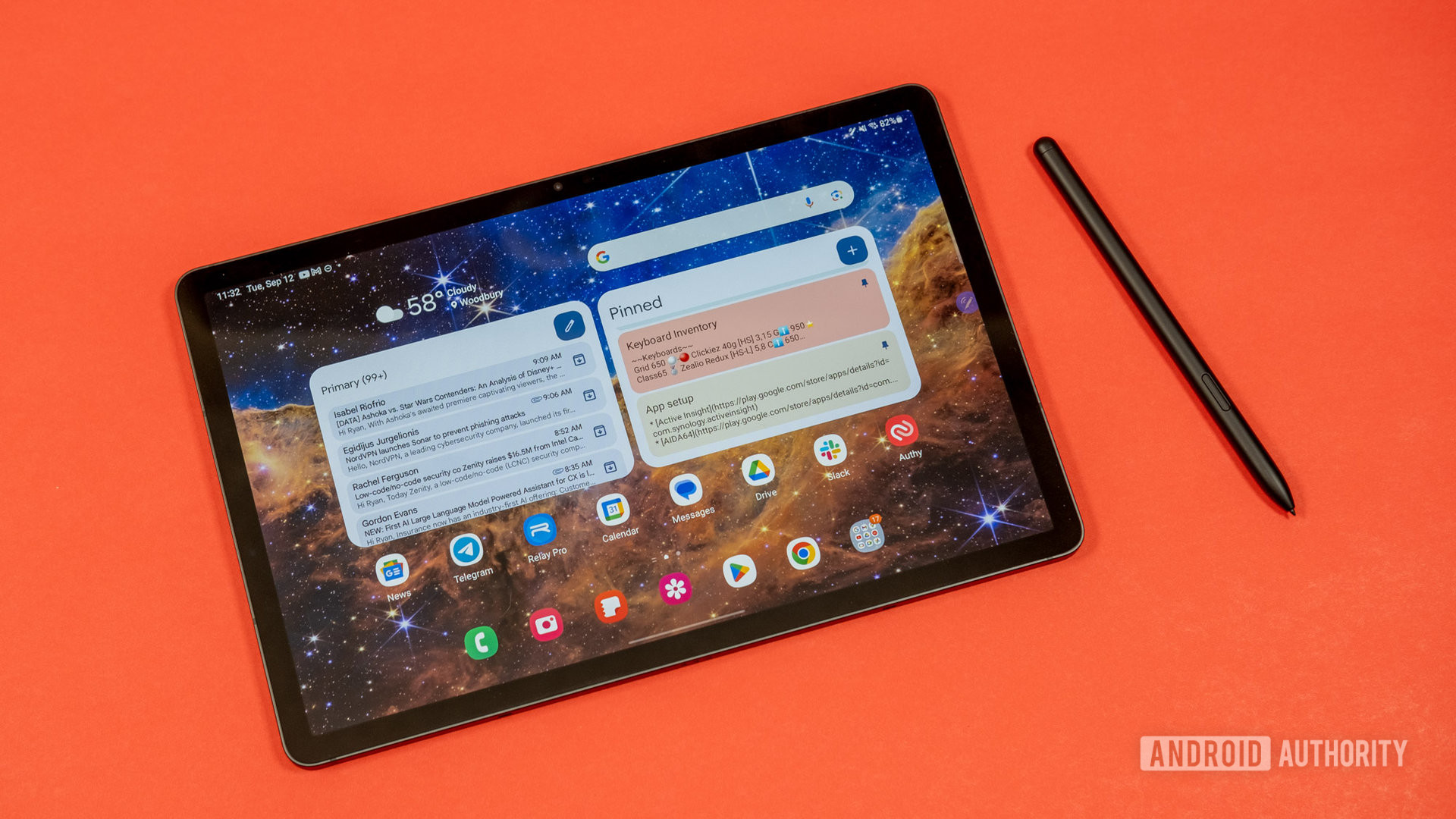
The Samsung Galaxy Tab S9 series ranks as the best trio of Android tablets, but nothing is perfect. The extremely wide aspect ratio is one of the most obvious weaknesses for anyone hoping to use the tablets in portrait orientation, but there are other improvements we’d love to see, too. While we likely won’t see a new model until late 2024, it’s fun to speculate what the Samsung Galaxy Tab S10, Tab S10 Plus, and Tab S10 Ultra might have in store for us. Let’s jump right in and take a look at my wishlist for Samsung’s 2024 flagship tablet.
Optional 5G for the entire Tab S10 lineup
The Samsung Galaxy Tab S9 Plus is the only model that offers a 5G option. That’s right; if you want the Tab S9 or Tab S9 Ultra, your only choice is a Wi-Fi-only model. This seems like a silly oversight, especially for the Ultra, which has a large display that could make it a great travel companion for those who need something that can double as a monster productivity machine. I really think all the Galaxy Tab S10 models should have 5G as an option. I can’t see it adding much to the production costs, so it feels like a low-risk change for Samsung.
Of course, 5G isn’t the only thing required to make the Tab S10 a great business travel device. Let’s talk about Samsung’s current keyboard situation.
A better official keyboard dock accessory
Ryan Whitwam / Android Authority
As mobile processors become increasingly powerful, we’re seeing more users utilize tablets as laptop substitutes, even if only as a backup solution. The best laptop substitutes have one thing in common: a great keyboard accessory. The most obvious and popular example is the iPad Pro, which has more than one decent keyboard option for turning the tablet into a makeshift laptop. Unfortunately, this isn’t something Samsung has figured out just yet.
Its current Galaxy Book Cover is more of a case with a Bluetooth keyboard, while Apple’s solution makes the iPad feel almost like a true laptop with extras like USB ports and more. Samsung needs to go the same route, offering a keyboard that also works as a dock with ports for stuff like extra USB-C ports and maybe even extras like HDMI. The Galaxy Tab S10 Ultra would most obviously benefit from this, as its size and performance make it a pretty solid analog for the iPad Pro series.
A redesign that changes the aspect ratio
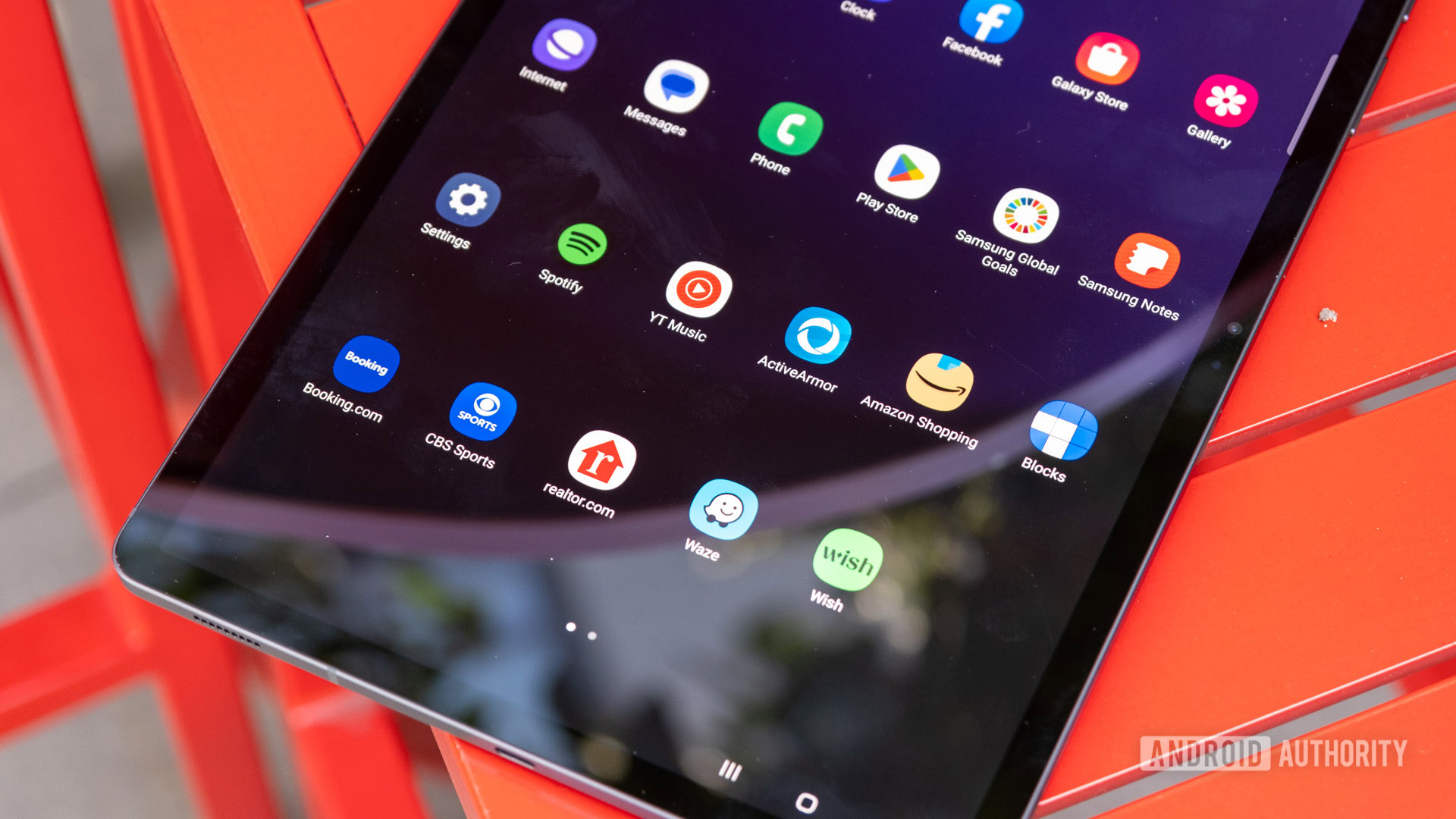
Ryan Haines / Android Authority
The Samsung Galaxy Tab S9 uses a 16:10 aspect ratio, which has its own pros and cons. That said, it is definitely a much more rectangular experience than many other tablets out there, even if the width is nearly identical to something like the OnePlus Pad. The whole design makes everything feel more cramped and awkward, even if the screen sizes for the Tab S9 series start at 11 inches.
Personally, I’d like to see the Galaxy Tab S10 models retain the same overall design language but move to a 4:3 aspect ratio like the iPad series. This aspect ratio is better for web apps, browsing, and even light productivity tasks like writing, even if it’s not quite as good for media consumption. Still, Samsung’s Tab S series has a lot of power, and I feel it should aspire to be more than just a glorified media slate.
Smart home hub features would be nice
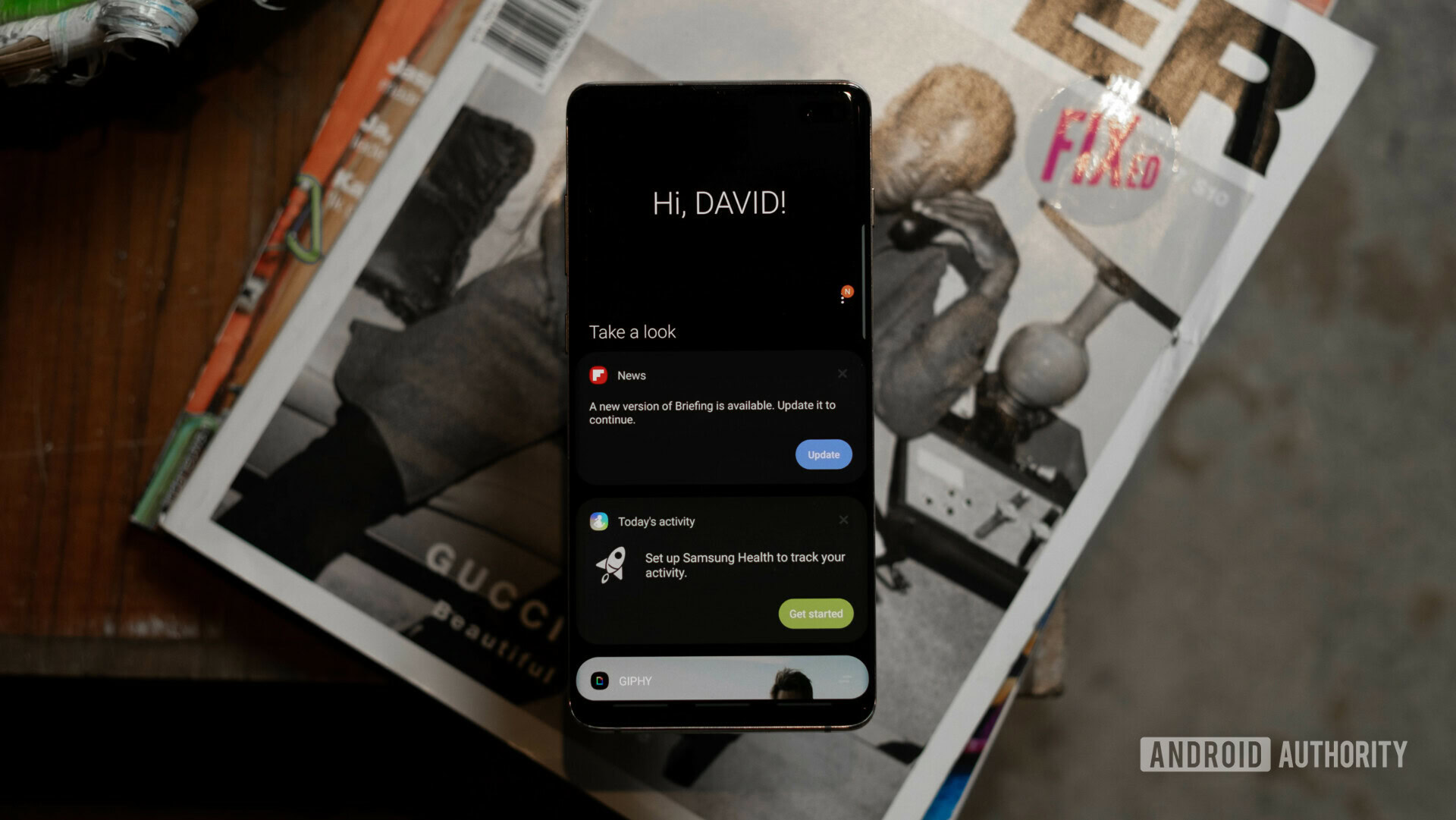
I’ll be honest, I don’t think the Samsung Galaxy Tab S10 family necessarily needs to go down the smart home hub route to stand out. It’s clear Google has the strongest ambitions there so far, and Google Assistant is much better suited for this experience than Bixby. Of course, Samsung doesn’t push Bixby nearly as hard anymore, so it’s not like the Galaxy S10’s Hub features couldn’t potentially utilize Google Assistant as an alternative.
Still, I think this would be a nice extra, and even Apple is rumored to be working on ways to use the iPad as the brains for the next-gen Apple Home speaker. It’s less clear how Samsung might approach it.
I don’t feel like the Pixel Tablet‘s forced accessory route would make much sense. Probably the best idea would be to make a dock/smart speaker hybrid accessory that could work alone as a Bluetooth speaker and basic Google Assistant or Bixby-powered speaker. It could optionally be paired with the Galaxy Tab S10 for a full smart home hub experience that would connect wirelessly from any room. Let’s not forget the elephant in the room though, Bixby Home.
Bixby Home was Samsung’s smart speaker that was killed before it ever existed, though the company did release an even more pathetic Bixby Home Mini variant that did poorly in the market. The point is that Samsung doesn’t have a great reputation in the smart speaker field, so creating a stand-alone might be seen as too risky for Samsung.
Samsung needs to combine all four points and deliver a next-level iPad competitor
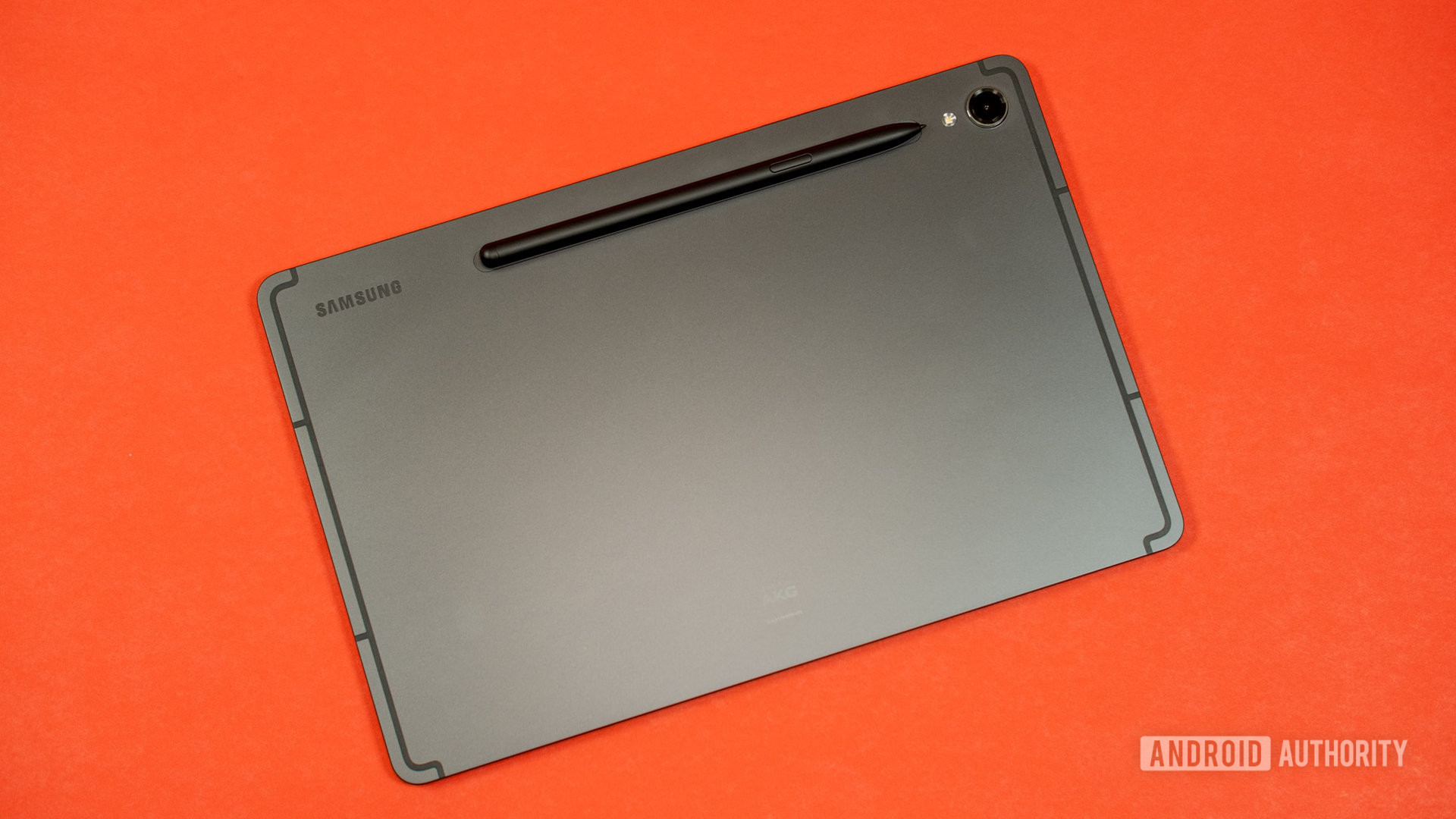
Ryan Whitwam / Android Authority
I used to be pretty against the idea of tablets, mostly because all my Android tablet experiences had been pretty poor, and even the one iPad my family had left me questioning its purpose beyond a few time-wasting games I enjoyed. I’m now starting to change my mind.
Recently, I got an iPad Pro. I also spent some time with a new Chromebook Plus model that could turn into a (albeit oversized and heavy) tablet. Thanks to a mixture of these two experiences, I’m starting to fall in love with the idea of a device that’s smaller for situations where I don’t need the keyboard, but that can transform into a true workstation when I need it. I feel like mobile hardware and cloud computing have gotten strong enough that this is the right time to finally adopt such a hybrid computing device.
It’s no secret that the Android tablet experience trails the iPad experience, even if Google seems dedicated to changing this with the Google Pixel Tablet and improvements to Android on larger screens that make it a better platform for tablets and foldables. It also has a few decent Chromebooks that can double as Chrome tablets, too. That said, many still think of Samsung as the natural “alternative” to the iPhone, especially in markets with limited brand availability like the United States. I truly believe the Galaxy Tab S10 could fill the same role for Android tablet users as Galaxy phones do for Android phones.
To do this, Samsung needs to push harder. The Galaxy Tab S series has always been good, but it needs to do even more. It needs to prove itself as a good laptop alternative and something that can keep up with the iPad family. By improving all the above factors, Samsung will offer the closest thing to an Android-powered iPad Pro.
Conversely, Samsung should focus less on upgrades and more on pricing
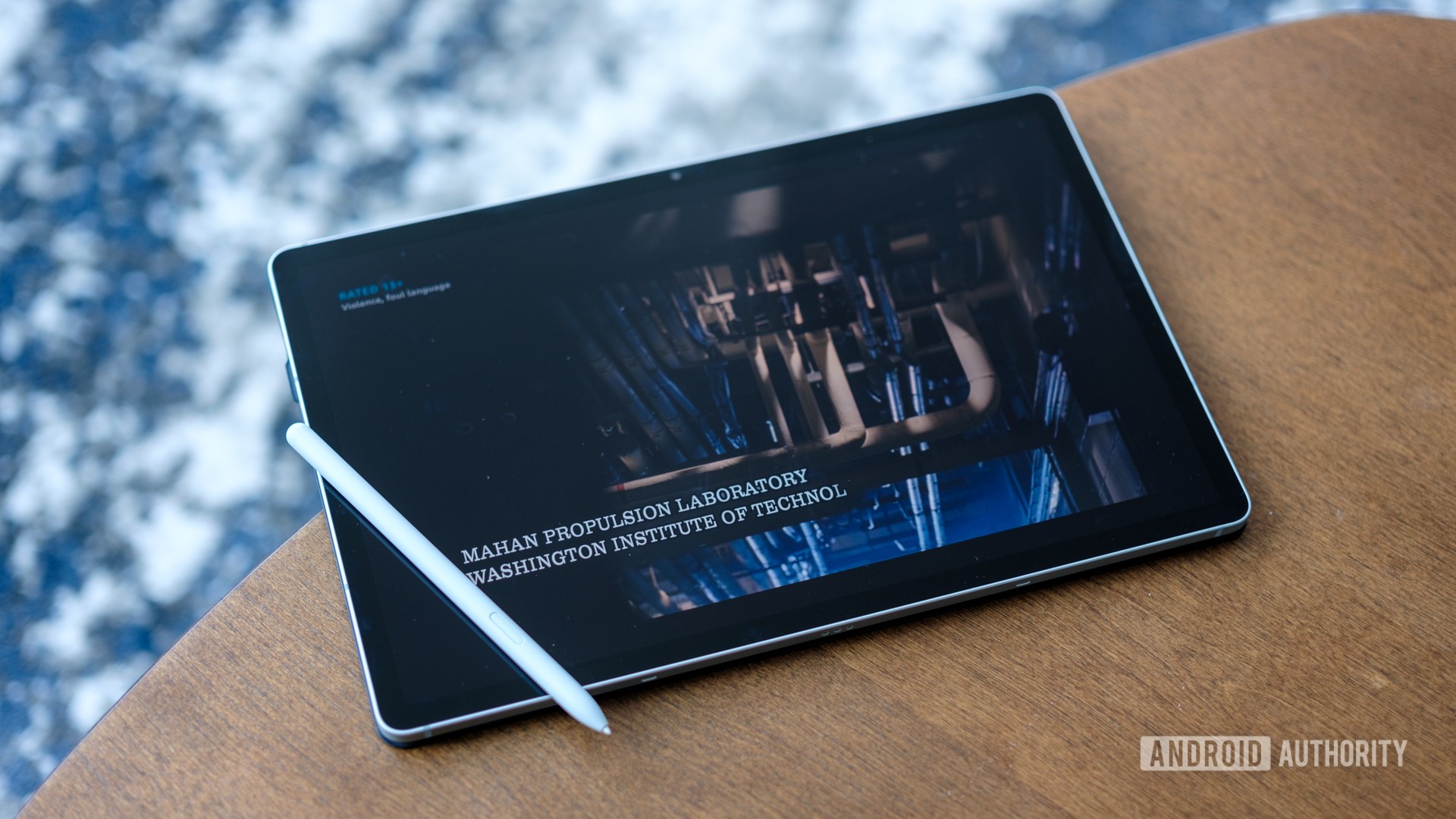
Ryan Haines / Android Authority
I will admit I’m just one person. While this is my wishlist, I wanted to put this out there to ensure a fair and balanced approach: Samsung could keep doing what it is doing and just lower its price a little instead.
There’s nothing inherently broken with its current strategy, and it’s been enough of a success that Samsung has been the only company consistently releasing tablets when others bowed out. Samsung is the second-largest vendor of tablets in the world and shipped around six million units in Q3 of 2023. That’s not quite the same thing as selling that many, but the point remains the same.
Samsung is consistently called out by consumers and reviewers for being too expensive and there certainly plenty of cheaper Android tablets out there. The cheapest Galaxy Tab S9 model starts at $799.99, while the iPad starts at $449, or even less at $329 if you’re willing to get the aging 9th-gen model. To be fair, recently Samsung introduced the Galaxy Tab S9 FE and S9 FE Plus, which sort of fill the role of the standard iPad pricing-wise.
Still, if Samsung doesn’t want to push further upscale and take on the iPad Pro, the company could at least simplify its lineup and release an FE-priced model right out of the gate instead of waiting until a few months later.
What Samsung Galaxy Tab S10 feature would you most like to see?
34 votes
Will there be a Samsung Galaxy Tab S10?
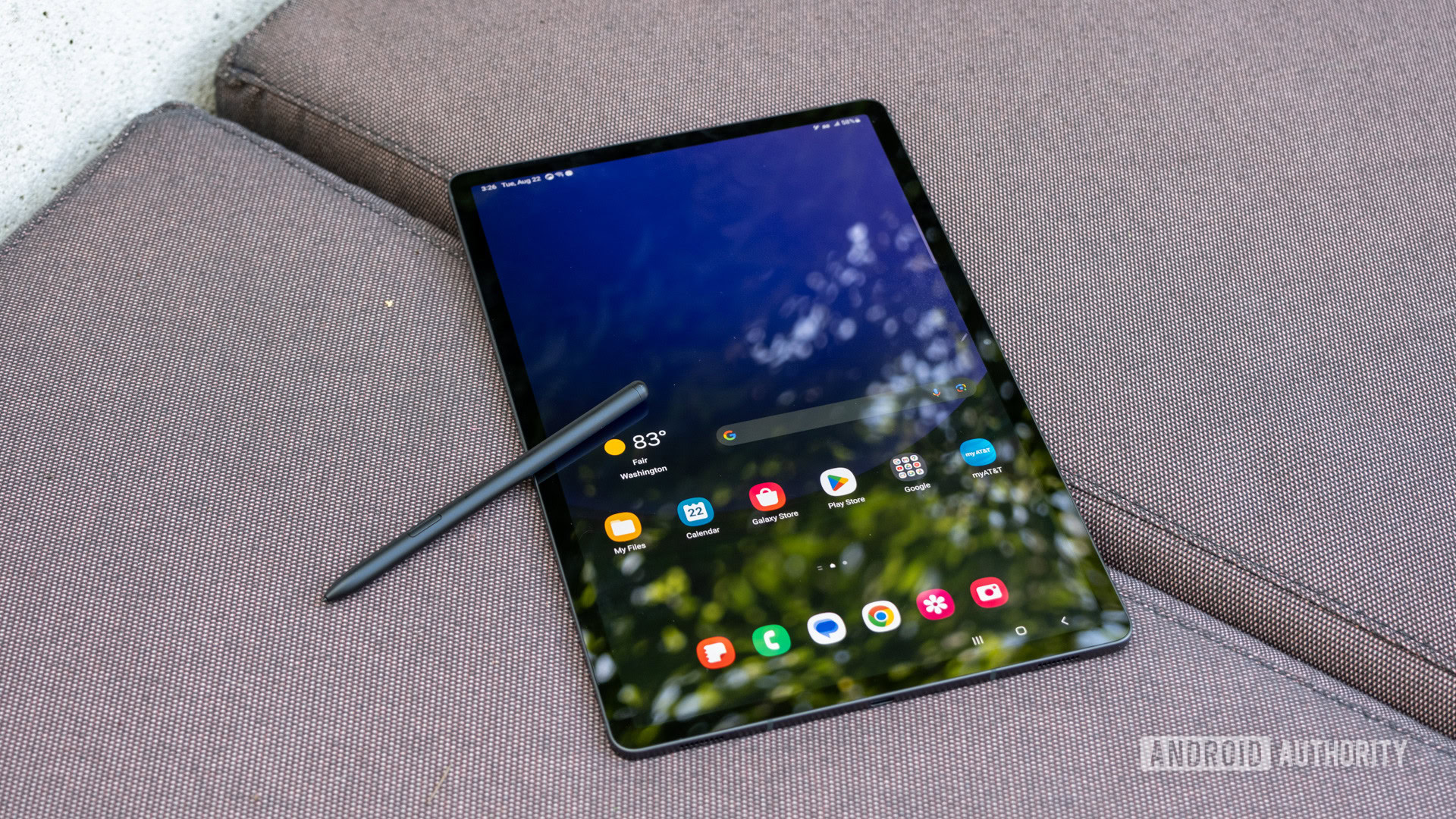
Ryan Haines / Android Authority
- Samsung Galaxy Tab S9 — August 11, 2023
- Samsung Galaxy Tab S8 — February 9, 2022
- Samsung Galaxy Tab S7 — August 5, 2020
There aren’t any solid Galaxy Tab S10 rumors yet, but there is absolutely no reason not to expect a Galaxy Tab S10 unless the company dramatically rebrands. Samsung has moved numbers up before to offer more consistent messaging across its products; maybe we could see a Galaxy Tab S24 instead of the S10? Not likely, but you never know.
As for when we might see the Galaxy Tab S10, Tab S10 Plus, and Tab S10 Ultra? That’s harder to predict. The Tab S has typically had yearly releases, though the actual release has ranged from February to April or even August. Things got a little messy when the pandemic broke out, which led to a two-year gap between the Tab S7 and S8.
Considering the Galaxy Tab S9 arrived just a year after the Tab S8, it’s very possible Samsung is back to a yearly release cycle. It’s also most likely to arrive in around mid-to-late summer, as that’s when the vast majority of past Tab S models have been released. That means a summer 2024 release date is the most probable, but that’s really just a guess for now.
Should you wait for the Samsung Galaxy Tab S10?
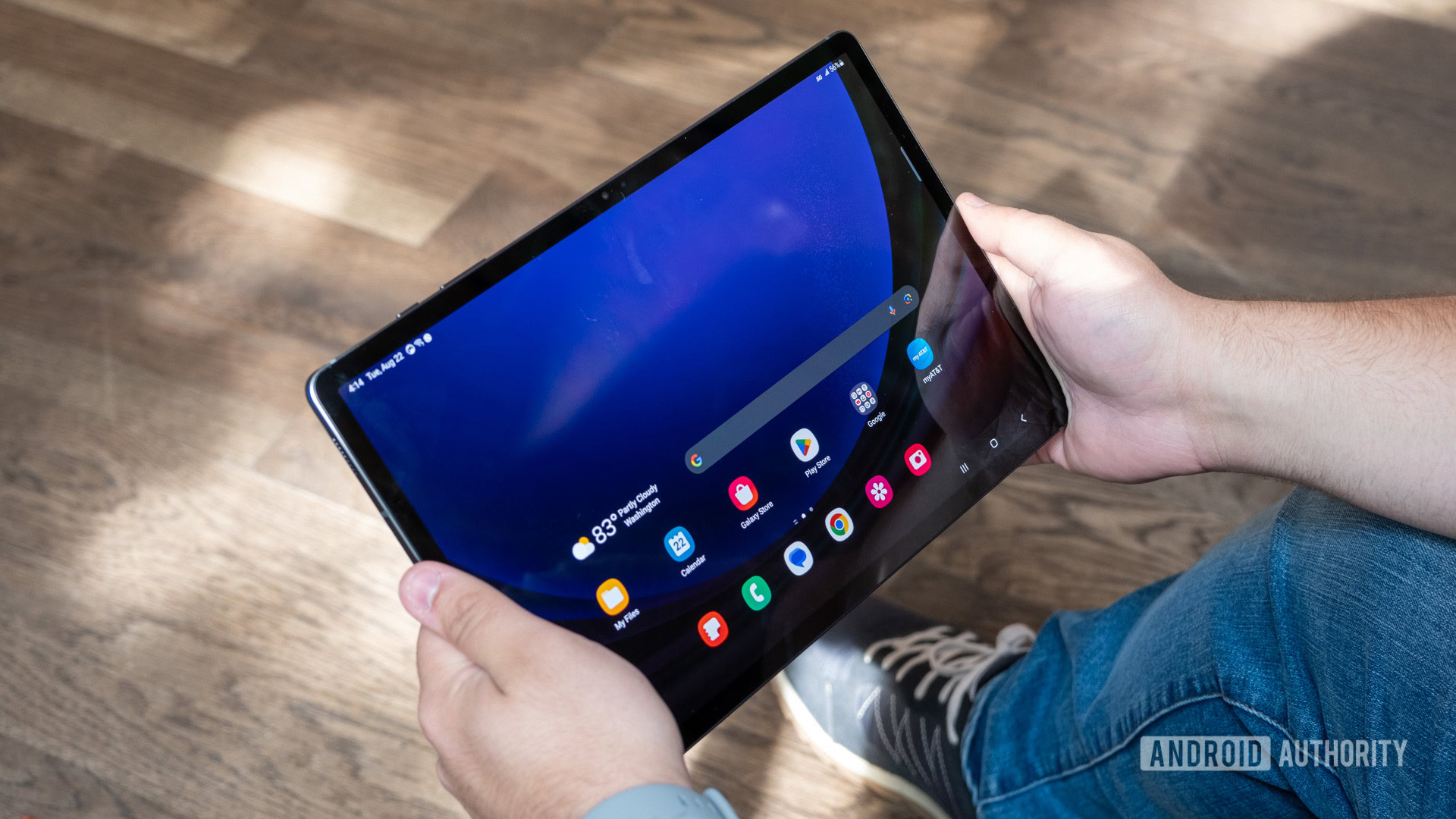
Ryan Haines / Android Authority
Galaxy Tab S9 Plus
The Samsung Galaxy Tab S9 series is still very new, and while we didn’t love everything about it, overall we enjoyed the experience quite a bit and would recommend it. It’s easily one of the best Android tablets. Still, if you aren’t keen on Samsung’s current flagship tablet, the best Android alternatives would be either the OnePlus Pad ($479 at OnePlus) or the Google Pixel Tablet ($499 at Amazon).
If you’re not exclusively locked into Android, you could also consider a member of the iPad family, the iPad Pro ($786 at Amazon) in particular.

1%off
Samsung Galaxy Tab S9 Plus
Excellent AMOLED 2X display
Premium, water-resistant build
Extensive update policy








